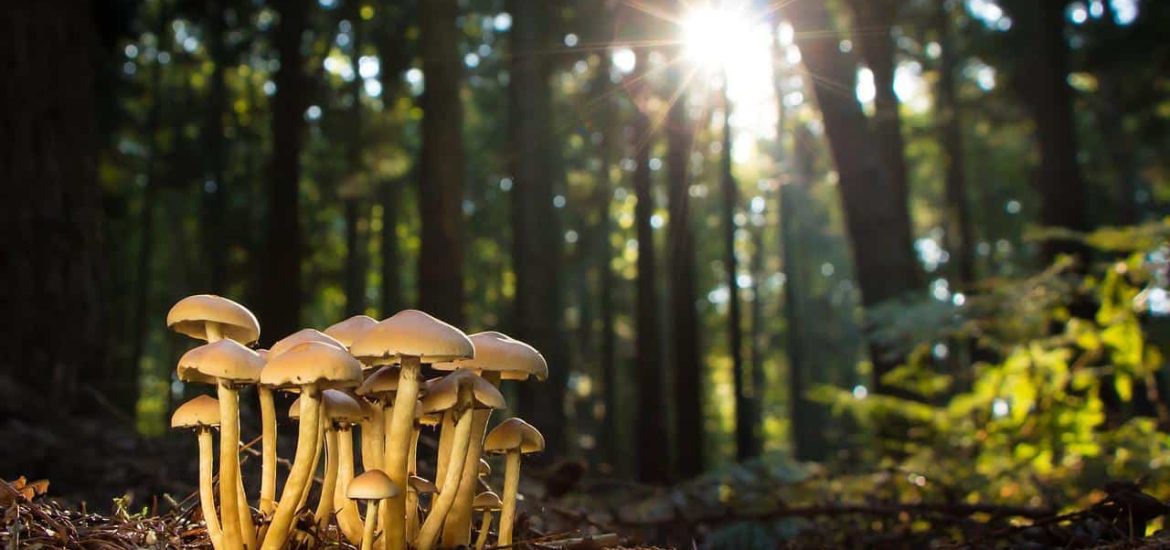Mushroom Conservation Efforts
- Organizations and initiatives dedicated to mushroom conservation.
- The importance of preserving fungal diversity.
- How individuals can contribute to conservation.
Mushrooms play essential roles in ecosystems as decomposers, symbiotic partners with plants, and sources of food for various organisms. However, they are also vulnerable to habitat loss, pollution, climate change, overharvesting, and invasive species. Conservation efforts focused on mushrooms aim to preserve their biodiversity, ecological functions, and cultural significance. Here are some ways in which mushroom conservation is being addressed:
1. Habitat Protection: Protecting natural habitats, such as forests, wetlands, and grasslands, is crucial for preserving mushroom diversity. Conservation organizations work to establish and manage protected areas where mushrooms and their ecosystems can thrive without disturbance.
2. Research and Monitoring: Scientists conduct research to understand the distribution, ecology, and conservation status of mushroom species. Monitoring programs track population trends, habitat changes, and threats to inform conservation strategies and prioritize species for protection.
3. Education and Outreach: Raising awareness about the importance of mushrooms in ecosystems and human societies is key to fostering conservation efforts. Educational programs, workshops, and outreach activities engage the public, land managers, policymakers, and mushroom enthusiasts in conservation initiatives.
4. Cultivation and Sustainable Harvesting: Promoting sustainable harvesting practices and cultivation techniques for edible and medicinal mushrooms helps reduce pressure on wild populations. By cultivating mushrooms in controlled environments or restoring degraded habitats, conservationists can support local economies and preserve species at risk.
5. Invasive Species Management: Invasive fungi pose a threat to native mushrooms and ecosystems by outcompeting or parasitizing local species. Conservation efforts include monitoring and controlling invasive fungi through quarantine measures, habitat restoration, and biological control methods.
6. Policy and Legislation: Advocacy for policies and legislation that protect mushroom habitats, regulate harvesting activities, and prevent the introduction of invasive species is essential for effective conservation. Conservation organizations work with governments and stakeholders to develop and enforce regulations that safeguard mushroom biodiversity.
7. Community Engagement and Traditional Knowledge: Incorporating traditional ecological knowledge and indigenous practices in mushroom conservation efforts can enhance local stewardship and promote sustainable resource management. Collaborating with indigenous communities and local stakeholders strengthens conservation initiatives and preserves cultural heritage associated with mushrooms.
8. Genetic Conservation: Establishing ex situ conservation facilities, such as seed banks or fungal culture collections, helps preserve genetic diversity and rare mushroom species for future research and restoration efforts. These facilities store living cultures or genetic material of mushrooms under controlled conditions to prevent extinction.
Overall, mushroom conservation efforts require interdisciplinary collaboration, long-term commitment, and adaptive management strategies to address complex challenges and ensure the continued existence of these important organisms in ecosystems worldwide.

Comments
Post a Comment